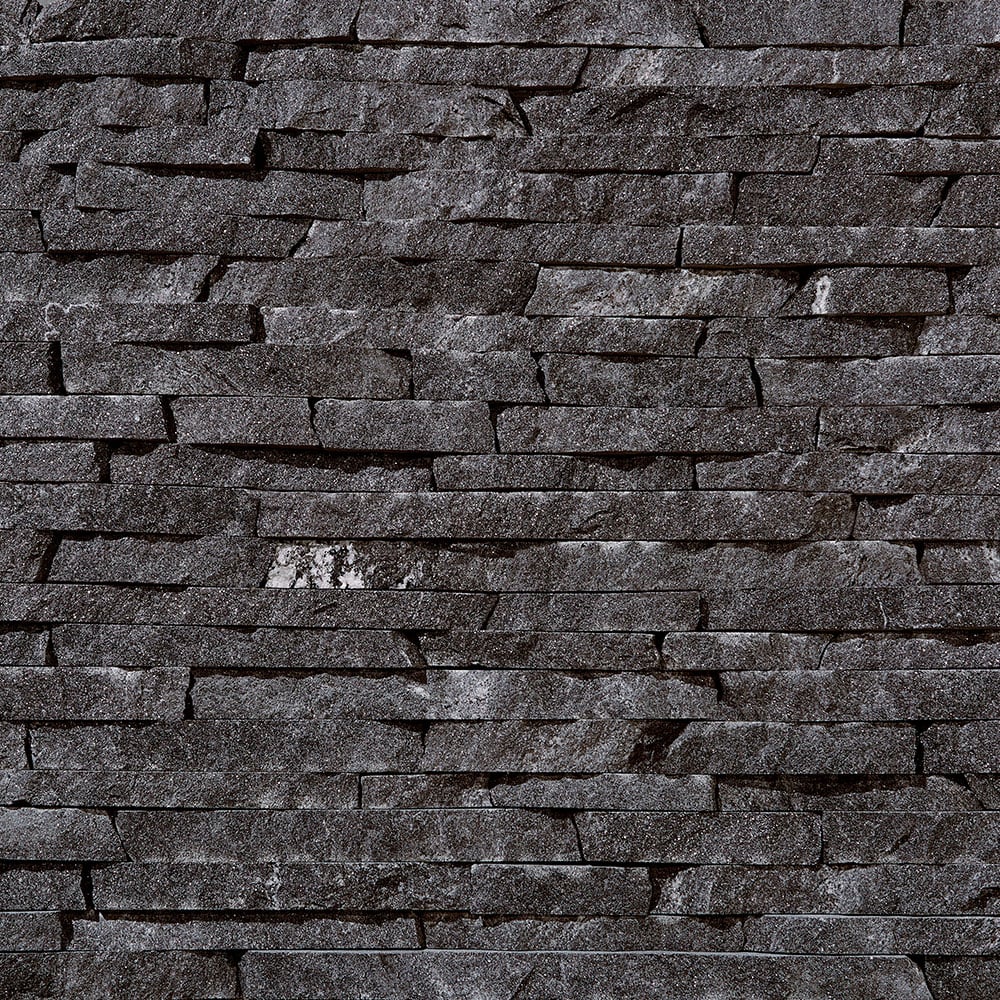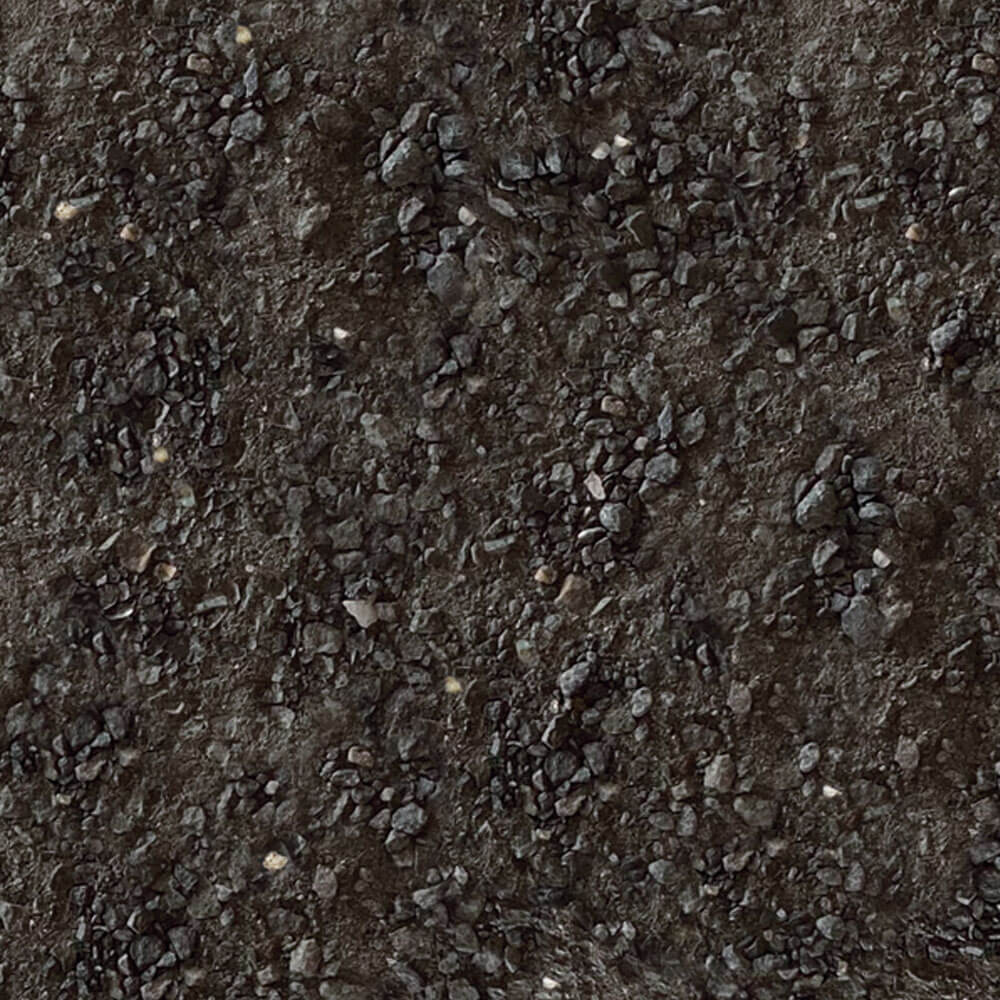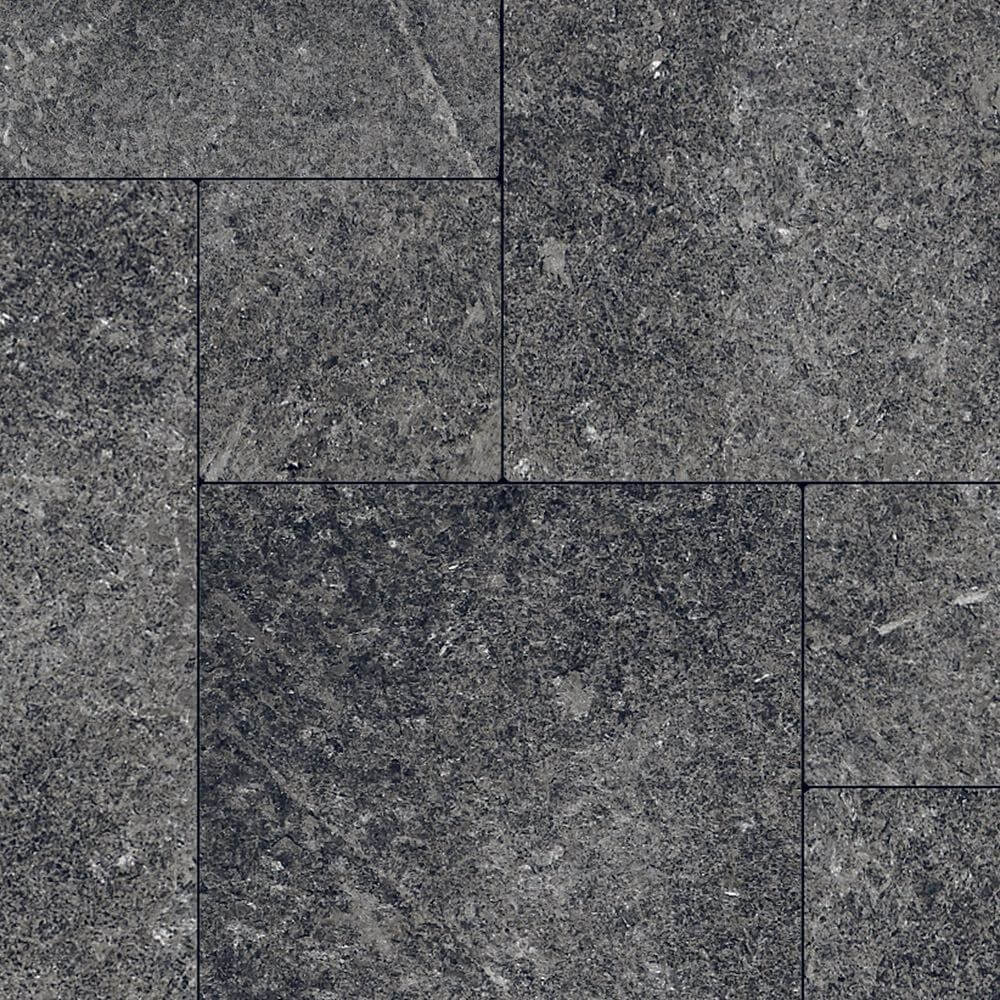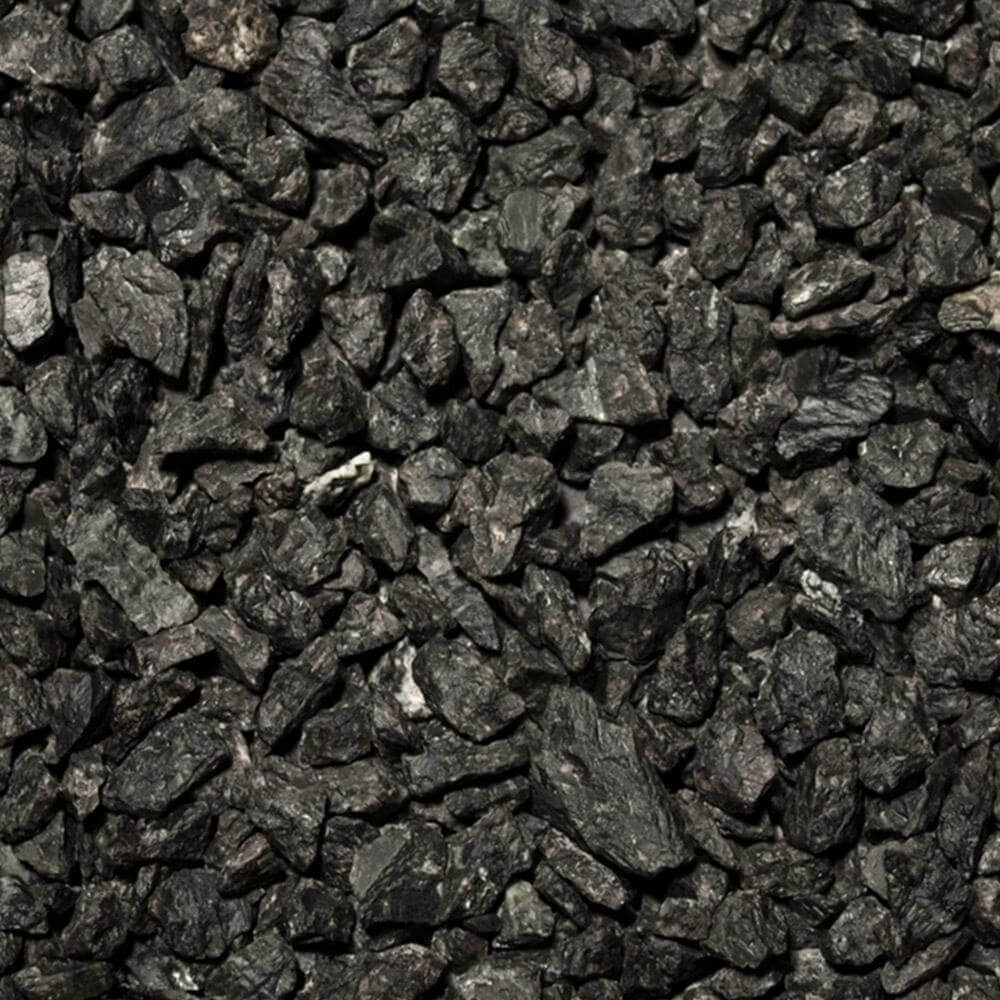Stone veneer offers nearly endless potential, introducing depth and drama to a wide range of interior and exterior spaces. If you’re considering this product for your next new build or renovation project, you’ll have to choose between natural stone veneer versus manufactured stone veneer.
But what is the difference between manufactured and natural stone veneer? While both of these products serve the same purpose, there are certain advantages of natural versus manufactured stone veneer and visa versa. Let’s examine the advantages and disadvantages of both, ensuring you select the best product for your needs.
Natural Stone Veneer
Building stone has been used for thousands of years. While manufactured veneer is a relatively new innovation, natural stone veneer has a long and prestigious history — first popularized as full thickness building stone, then later as thin stone veneer.
Natural building stone is made by quarrying natural stone such as granite, limestone, or marble, and then sawing and splitting the stone into the desired shape and weight for different applications. A traditional building stone can range in depth anywhere from 3-5 inches and yield 35-40 square feet per ton.
In more recent history, thin stone veneer was developed to give the same high-quality finish as building stone with less restrictive weight. Thin stone veneer cuts down on labor and transportation costs, opening the door to new applications that were previously cost-prohibitive. Natural thin stone veneer typically ranges from ¾-1½ inches in depth and weighs only 10-15 pounds per square foot.
With more versatility than ever, is natural stone cheaper than manufactured stone? If you’re comparing the initial cost of natural stone veneer versus manufactured stone veneer, manufactured stone can save money in the short term. However, no artificial stone product can match the longevity of genuine natural stone. There are many historic buildings that still maintain their original stone veneer siding. Granite, marble, and quartzite ages beautifully with natural stone color throughout.
This longevity not only saves money in the long run, but also contributes to sustainability. Compared to manufactured stone, natural stone is significantly more eco-friendly. While not technically renewable, stone is an extremely abundant resource, and in North American quarries — such as the ones owned and operated by Kafka Granite — mining is highly regulated. And, since natural stone doesn’t have to be manufactured, it won’t ever leak volatile organic compounds (VOCs), known as off-gassing.
What Is Natural Thin Stone Veneer Made Of?
There are several different types of stone veneer, each of which has distinct characteristics.
- Quartzite offers unique color variations, along with exceptional durability. Its density makes it resistant to water absorption and staining.
- Granite is one of the hardest, most durable natural stones on earth. It features eye-catching veins, specs and color variations.
- Mica-Enriched Quartzite has a distinctive sparkling or iridescent finish for a high-end aesthetic.
- Marble features unique patterns and veining, with a wide range of colors — from whites and cream tones to moody green hues.
- Quartzitic Sandstone can be found in a variety of warm, earthy tones, and is often finished to display its rough and striking texture.
Manufactured Stone Veneer
Manufactured stone, also known as faux or man-made stone, is an artificial alternative to natural stone veneer. While manufactured stone can be modified to mimic natural stone, the differences between the two go much deeper than their surface appearance. So is manufactured stone better than real stone?
Man-made stone is created with a mixture of cement, aggregates and pigments. Combined together, these ingredients result in a stone-looking material that is generally more economical than natural stone veneers. At first glance, faux stones look realistic — but since they are manufactured, they may show repetitive patterns or artificial coloring.
There’s a bigger concern beyond just aesthetics, however. From manufacturer to manufacturer, it’s hard to know exactly what goes into the mixture and manufacturing process. Some man-made stone products may off-gas, leaking harmful chemicals into the environment while often causing a strange or unpleasant odor.
While manufactured stone veneer may be tempting due to its potential cost savings, it could actually end up costing more in the long run. Because it’s colored with artificial pigments, the color is not through-and-through, resulting in fading, chipping and costly repairs. And, the manufactured stone off-gasses and has higher carbon emissions than the minimally processed natural stone alternative, potentially harming your health and the environment.
Learn More About Veneer From Kafka Granite
Whether you’re ready to place your order for natural stone veneer, or you’re still conflicted about what type of veneer is right for your project, give the experts at Kafka Granite a call. Kafka’s knowledgeable customer service representatives are happy to discuss the benefits of natural stone, as well as what colors, cuts and stone varieties would work for you.




